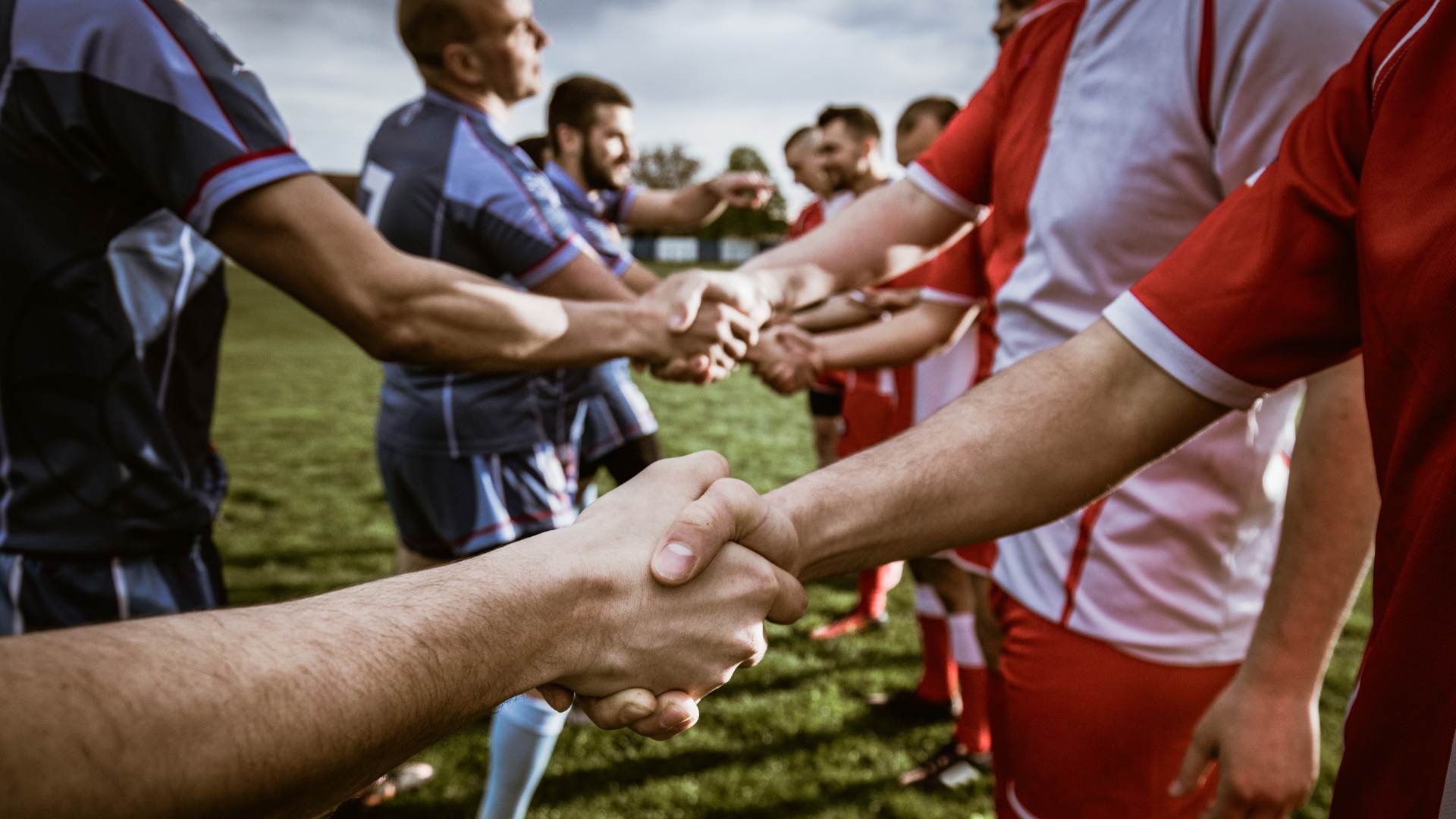Sports Diplomacy: Using Sports as a Tool
Sports Diplomacy: Using Sports as a Tool for International Relations.
Sports diplomacy refers to the use of sports as a tool for diplomacy, international relations, and peace-building. It is based on the idea that sports can transcend political and cultural barriers, unite people across borders, and promote mutual understanding and respect.
The concept of sports diplomacy dates back to ancient times when the Olympic Games served as a platform for athletes from different city-states to compete and form friendships.
In the modern era, sports diplomacy gained momentum after World War II, as stakeholders utilized sports to foster peace and reconciliation between former enemies.

Sports diplomacy can take many forms, from international sports competitions and exchanges to grassroots initiatives that bring together people from different backgrounds and cultures. Here are some ways in which sports are used for diplomacy:
International Sports Competitions like the Olympics, World Cup, and Commonwealth Games unite athletes globally. Offering a platform for cultural exchange and dialogue.
These events have the power to transcend political and cultural differences and promote a sense of shared humanity.
Sports Exchanges involve sending athletes, coaches, and officials from one country to another for competitions, training camps, and other activities.
These exchanges provide opportunities for cultural exchange also mutual learning. As well as the building of personal relationships and trust between individuals.
Sports can be them as a tool for development, providing opportunities for education, health, and social inclusion. Programs that use sports for development often target marginalized communities, such as refugees, women and girls, and people with disabilities.
By fostering teamwork, respect, and fair play, sports contribute to building social cohesion and promoting positive social change.
Sports for Peace: Sports can also be used as a tool for peace-building and conflict resolution. Initiatives such as the Peace and Sport Organization and the Olympic Truce promote the use of sports as a means of bringing people together and promoting peace.
By focusing on shared goals and values, sports can help to overcome divisions and promote understanding and cooperation.
One example of sports diplomacy is the Ping-Pong Diplomacy between the United States and China in the 1970s. At the time, the U.S. and China had no formal diplomatic relations, and tensions were high.
During an international table tennis tournament in China, the U.S. table tennis team received an invitation from the Chinese government. Marking the start of a thaw in U.S.-China relations eventually leading to the formal establishment of diplomatic ties.
Another example of sports diplomacy is the use of soccer as a tool for reconciliation in post-conflict societies. In Bosnia-Herzegovina, the Football for Peace program unites young people from diverse ethnic also religious backgrounds through soccer and other activities.
By promoting teamwork, respect, and fair play, the program builds trust and understanding among young people. Overcoming potential divisions based on ethnic or religious differences.
Sports diplomacy is not without its challenges, however. One challenge is the politicization of sports, where countries use competitions for political gain or to advance their interests.
Another challenge is sports potentially reinforcing stereotypes and perpetuating inequalities, especially regarding gender and disability.
Conclusion
Sports diplomacy has the potential to bring people together, promote mutual understanding and respect, and contribute to peace and development.
By using sports as a tool for diplomacy, international relations, and peace-building. We can harness the power of sports to overcome differences, build relationships, and promote positive social change. 온라인카지노사이트